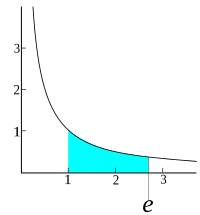
Photo from wikipedia
The hippoboscid Lipoptena fortisetosa Maa, 1965 is a hematophagous ectoparasite of cervids that can bite humans. This fly is expanding its geographical range and is of concern for animal and… Click to show full abstract
The hippoboscid Lipoptena fortisetosa Maa, 1965 is a hematophagous ectoparasite of cervids that can bite humans. This fly is expanding its geographical range and is of concern for animal and human health since it can potentially harbour harmful microorganisms. This study was aimed at characterizing the bacterial communities of L. fortisetosa in its different life-cycle stages. Pupae and wingless adults were collected from cervids hunted in Tuscan-Emilian Apennines (central Italy) and pooled into groups of 10 by life stage (30 individual pupae; 1420 individual wingless adults). Winged flies were caught by sweep netting and separated into five pools of 10 insects. After DNA extraction, the bacterial content of each pool was analysed using 16 S metabarcoding. Results revealed that the composition and relative abundance of different taxa greatly differed in the three analysed groups. Wingless adults showed a high abundance of Bartonella (33.07%), which is almost absent in winged flies and pupae. Among the detected pathogens, four genera of concern for human health were found: Bartonella, Moraxella, Mycobacterium and Rickettsia. Interestingly reads similar to Bartonella bovis, Moraxella osloensis and Arsenophonus lipopteni Operational Taxonomic Unit (OTUs) were detected. These findings suggest the possible role of L. fortisetosa as a reservoir of pathogenic microorganisms, confirming the need for further investigation to ascertain its vectorial capacity.
Journal Title: Medical and veterinary entomology
Year Published: 2023
Link to full text (if available)
Share on Social Media: Sign Up to like & get
recommendations!